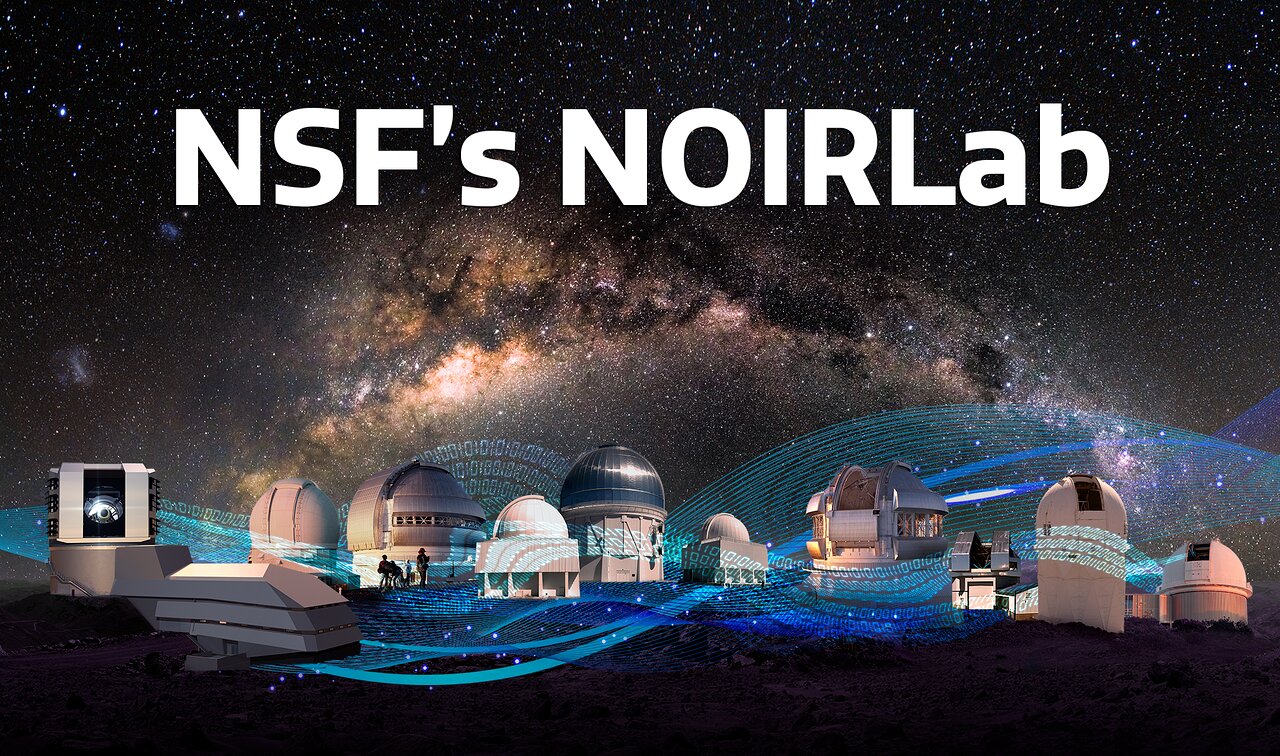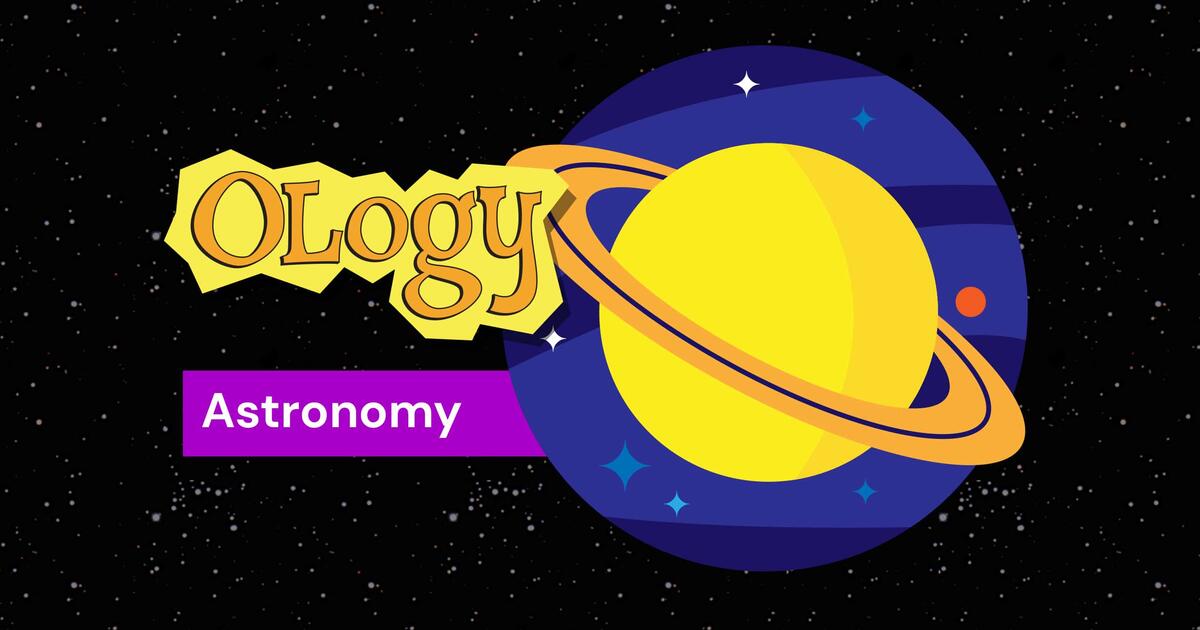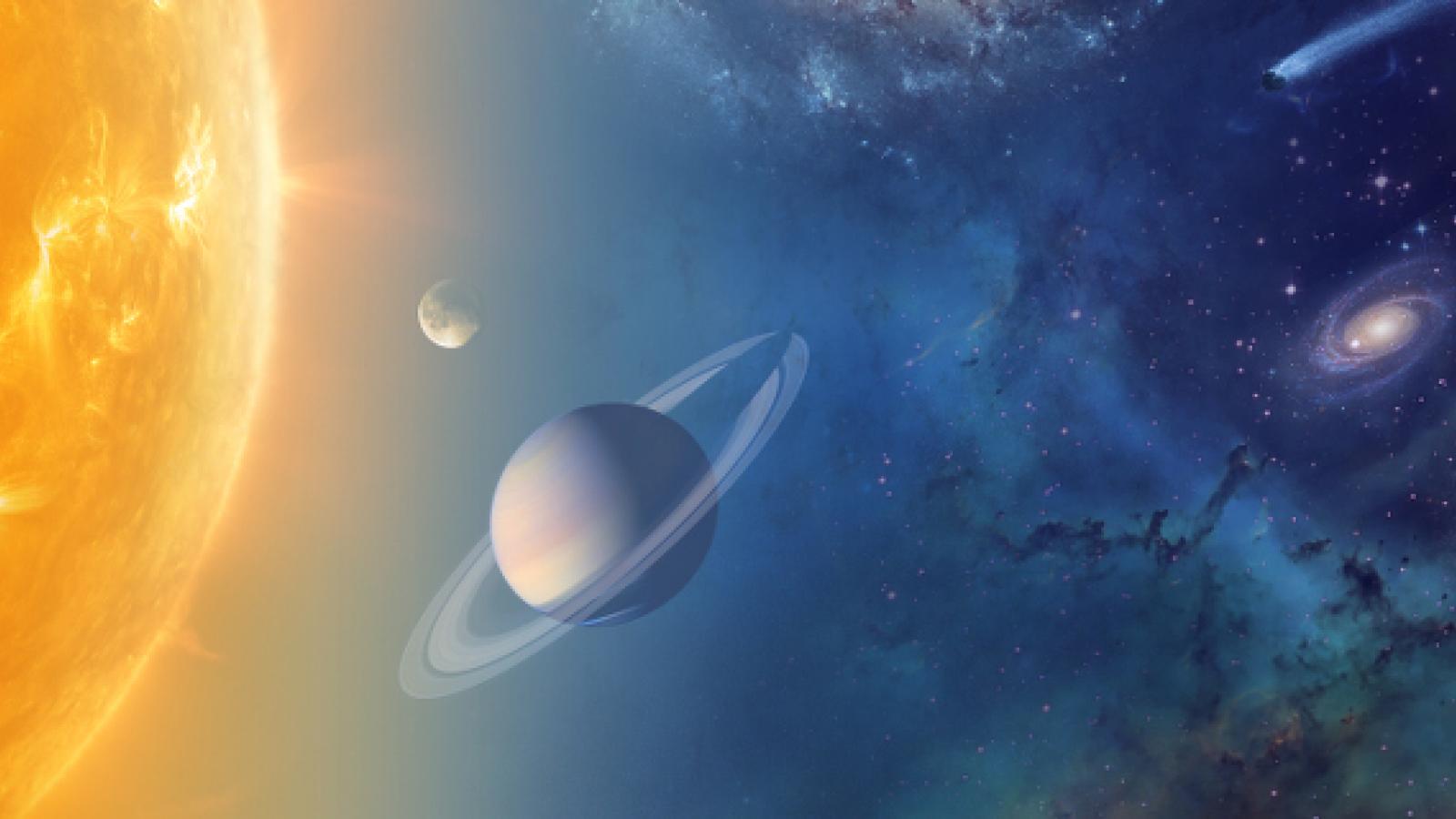Cosmology and astronomy. Cosmology and astronomy. Start from the basics. Learn the basics, starting with Scale of earth, sun, galaxy and universe. Astronomy, science that encompasses the study of all extraterrestrial objects and phenomena. Since the late 19th century, astronomy has expanded to include astrophysics, the application of physical. A constellation is a grouping of stars that represents one of the 88 divisions of the celestial sphere as defined by the International Astronomical Union. Welcome to the first episode of Crash Course Astronomy. Your host for this intergalactic adventure is the Bad Astronomer himself, Phil Plait. We begin with a.
Astronomers selected an uncluttered area of the sky in the constellation Ursa Major (the Big Bear) and pointed the Hubble Space Telescope at a single spot for 10 days. The many, separate exposures combined made the Deep Field image above. (Image courtesy of R. Williams, as presented on NASA's Astronomy Picture of the Day site.)
Instructor(s)
Prof. Saul Rappaport
MIT Course Number

8.282J / 12.402J
As Taught In
Spring 2006
Level
Undergraduate
Some Description | |
Instructor(s) | Prof. |
As Taught In | Spring 2002 |
Course Number | 2.24 |
Level | Undergraduate/Graduate |
Features | Lecture Notes, Student Work |
Welcome!
This is one of over 2,400 courses on OCW. Explore materials for this course in the pages linked along the left.
MIT OpenCourseWare is a free & open publication of material from thousands of MIT courses, covering the entire MIT curriculum.
No enrollment or registration. Freely browse and use OCW materials at your own pace. There's no signup, and no start or end dates.
Knowledge is your reward. Use OCW to guide your own life-long learning, or to teach others. We don't offer credit or certification for using OCW.
Made for sharing. Download files for later. Send to friends and colleagues. Modify, remix, and reuse (just remember to cite OCW as the source.)
Learn more at Get Started with MIT OpenCourseWare
Course Description
Course Features
Course Description
Introduction to Astronomy provides a quantitative introduction to the physics of the solar system, stars, the interstellar medium, the galaxy, and the universe, as determined from a variety of astronomical observations and models.
Other Versions
Other OCW Versions
Archived versions:
Related Content
Course Collections
See related courses in the following collections:
Find Courses by Topic

Astronomers selected an uncluttered area of the sky in the constellation Ursa Major (the Big Bear) and pointed the Hubble Space Telescope at a single spot for 10 days. The many, separate exposures combined made the Deep Field image above. (Image courtesy of R. Williams, as presented on NASA's Astronomy Picture of the Day site.)
Instructor(s)
Prof. Saul Rappaport

MIT Course Number
Astronomy Binoculars
8.282J / 12.402J
As Taught In

Spring 2006
Level
Undergraduate
Some Description | |
Instructor(s) | Prof. |
As Taught In | Spring 2002 |
Course Number | 2.24 |
Level | Undergraduate/Graduate |
Features | Lecture Notes, Student Work |
Welcome!
This is one of over 2,400 courses on OCW. Explore materials for this course in the pages linked along the left.
MIT OpenCourseWare is a free & open publication of material from thousands of MIT courses, covering the entire MIT curriculum.
No enrollment or registration. Freely browse and use OCW materials at your own pace. There's no signup, and no start or end dates.
Knowledge is your reward. Use OCW to guide your own life-long learning, or to teach others. We don't offer credit or certification for using OCW.
Made for sharing. Download files for later. Send to friends and colleagues. Modify, remix, and reuse (just remember to cite OCW as the source.)
Learn more at Get Started with MIT OpenCourseWare
Course Description

Course Features
Astronomy Definition
Course Description
Introduction to Astronomy provides a quantitative introduction to the physics of the solar system, stars, the interstellar medium, the galaxy, and the universe, as determined from a variety of astronomical observations and models.
Other Versions
Other OCW Versions
Archived versions:
Astronomy Tools
Related Content
Astronomy Club
Course Collections
See related courses in the following collections: